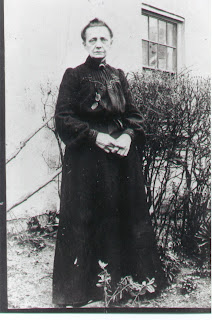Henry Warner Bowden describes Congregationalism as:
"...a form of Protestant church organization based on the autonomy of each congregation, [which] emerged as part of the liberal wing of Puritanism in the English Reformation. By 1600, many clergymen were calling for reform in the Church of England, arguing that the key to adequate change was to grant local congregations autonomy. These congregationalists opposed Presbyterians, who wished to manage churches by means of district assemblies, and Anglicans, who wanted bishops for the same purpose.
Those who agreed on the democratic principle of congregational self government, however, differed among themselves about what to do. Some were called Separatists because they refused to associate with the national church; a notable example was the Pilgrim group, which established (1620) the Plymouth Colony in North America. Although others, the non Separatists, did not openly break with the Church of England, increasing persecution led many to emigrate to New England under the auspices of the Massachusetts Bay Company. The Separatists who remained in England, where they were called Independents, achieved substantial political influence in the period following the English Civil War (the Commonwealth and Protectorate). The Restoration in 1660 brought renewed repression, but the Toleration Act of 1689 allowed freedom of worship.
In New England, Congregationalist churches worked so closely with civil governments in every colony except Rhode Island that no other type of church was allowed in the area until 1690, when English authorities forced them to tolerate other religious groups. This relationship is often called theocracy, a situation in which ministers interpreted biblical laws related to general human conduct and town officials enforced them through police power. State government support for Congregationalist churches did not end until 1818 in Connecticut and not until 1834 in Massachusetts.
In 1790, Congregationalists formed the largest, strongest church in America. In the 19th century, however, the church failed to grow proportionately with national expansion. In the 20th century, Congregationalist churches in the United States, Britain, and elsewhere have contributed to the Ecumenical Movement. In 1957 the U S Congregationalists merged with the Evangelical and Reformed Church to form a single denomination, the United Church of Christ, which in the late 1980s had 1.67 million members."
The main BELIEVE web-page (and index to subjects) is at: http://mb-soft.com/believe/
So, some of my ancestors were searching for the truth, for something to believe in, and their descendant is a member of the Church of Jesus Christ of Latter Day Saints (Mormon)!






